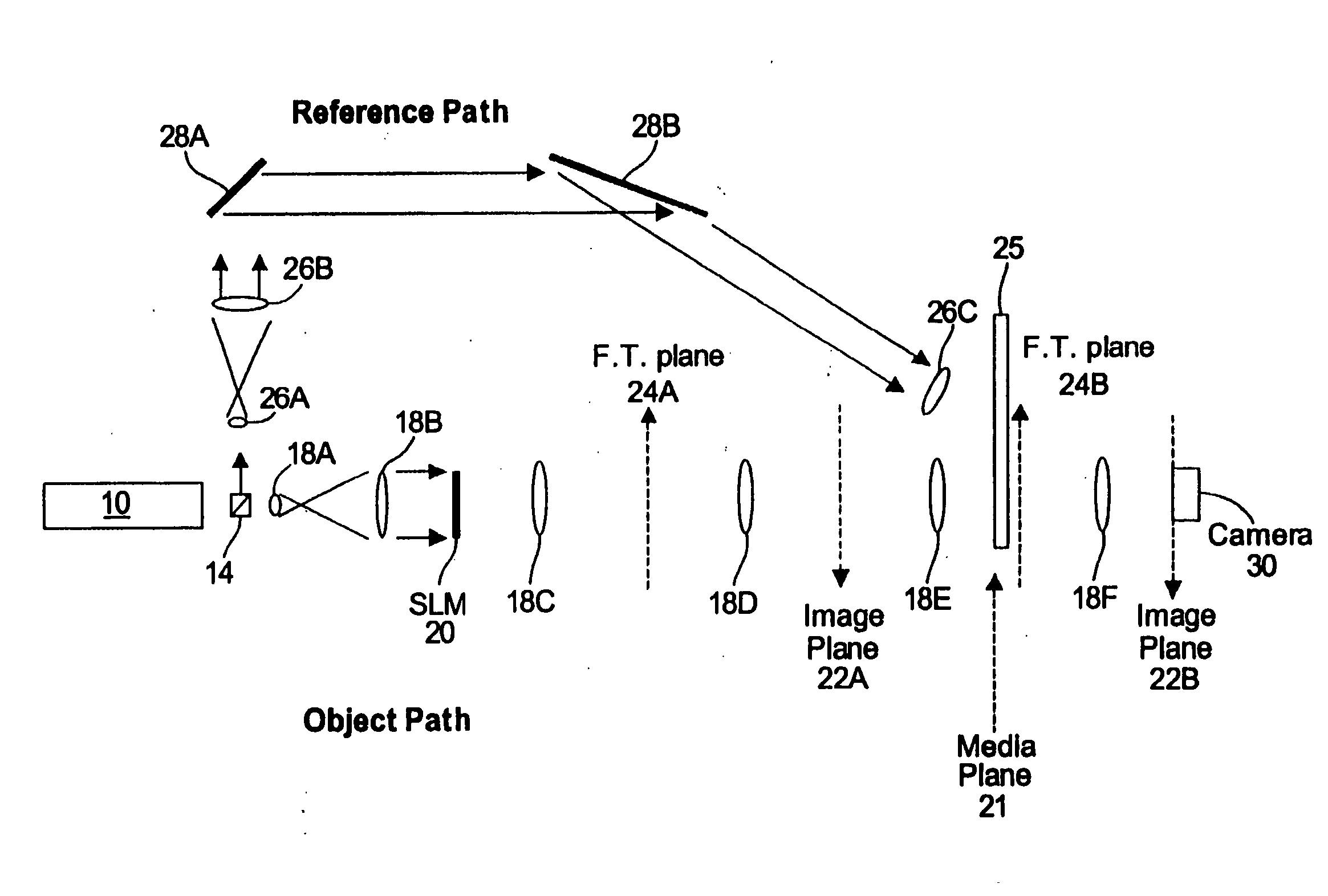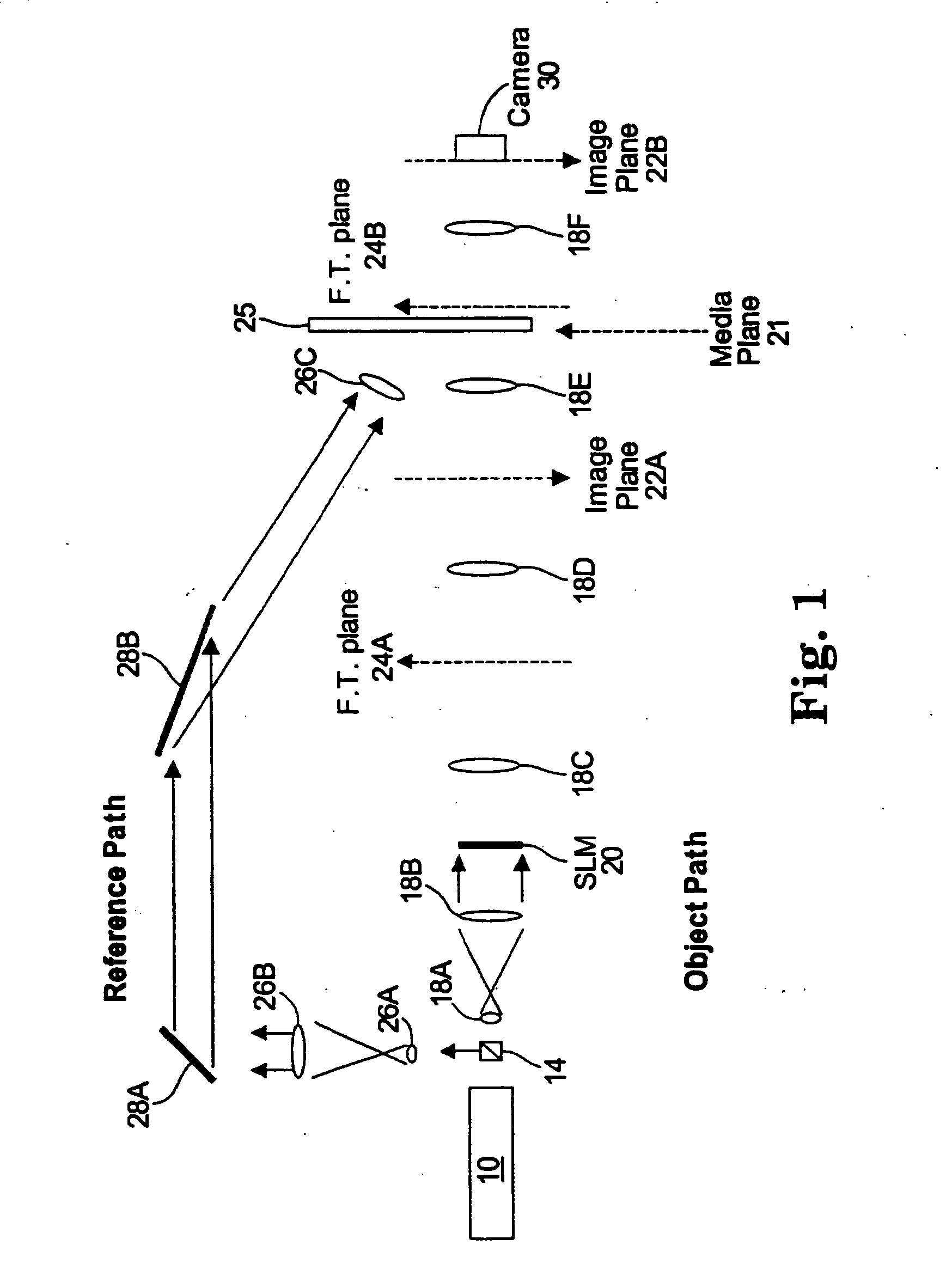Fabrication of sandwiched construction media
a construction media and sandwich technology, applied in the field of can solve problems such as the challenge of fabricating holographic data storage media, and achieve the effect of reducing the negative effect of the edge wedge phenomenon
- Summary
- Abstract
- Description
- Claims
- Application Information
AI Technical Summary
Benefits of technology
Problems solved by technology
Method used
Image
Examples
example
[0052] In experiments, thermoplastic materials such as polycarbonate, polymethylmethacrylate, and amorphous polyolefin are injection molded to fabricate 120-millimeter diameter substrates and 130-millimeter diameter substrates having thicknesses of 2.0 millimeters, 1.2 millimeters and 0.6 millimeters. The edge wedge is then measured for each respective substrate thickness, e.g., by measuring the variable Y as shown in FIG. 7. Holographic data storage media are then fabricated using the respective substrates of differing thicknesses and the media fabrication techniques described above.
[0053] The experimental results show that the 2.0 millimeter substrates typically exhibit an edge wedge of approximately Y=20 microns, the 1.2 millimeter substrates typically exhibit an edge wedge of approximately Y=10 microns, and the 0.6 millimeter substrates typically exhibit an edge wedge of approximately Y=4 microns. Thus, the results show that the edge wedge phenomenon decreases with decreasing s...
PUM
| Property | Measurement | Unit |
|---|---|---|
| thicknesses | aaaaa | aaaaa |
| thicknesses | aaaaa | aaaaa |
| thickness | aaaaa | aaaaa |
Abstract
Description
Claims
Application Information
 Login to View More
Login to View More - R&D
- Intellectual Property
- Life Sciences
- Materials
- Tech Scout
- Unparalleled Data Quality
- Higher Quality Content
- 60% Fewer Hallucinations
Browse by: Latest US Patents, China's latest patents, Technical Efficacy Thesaurus, Application Domain, Technology Topic, Popular Technical Reports.
© 2025 PatSnap. All rights reserved.Legal|Privacy policy|Modern Slavery Act Transparency Statement|Sitemap|About US| Contact US: help@patsnap.com



